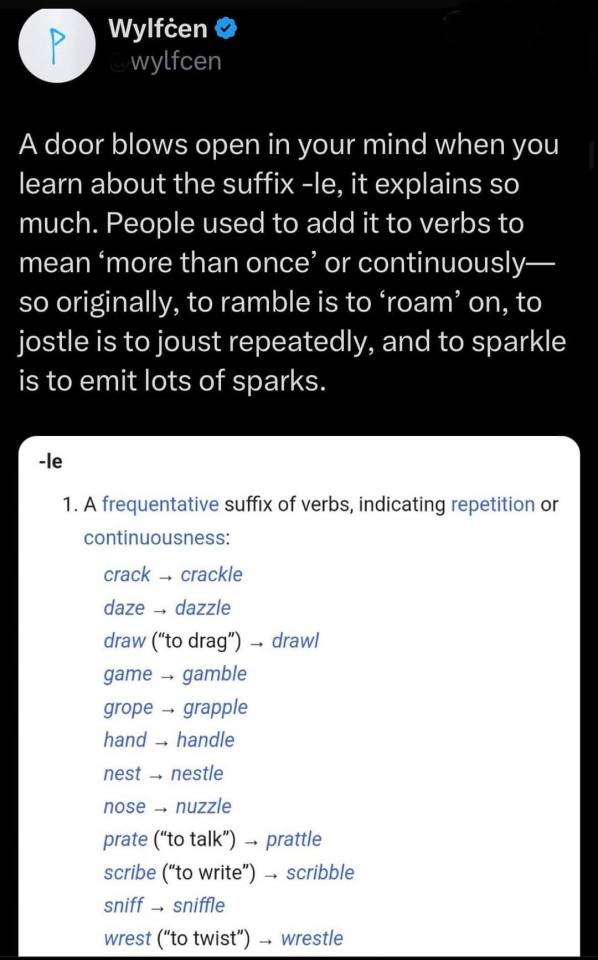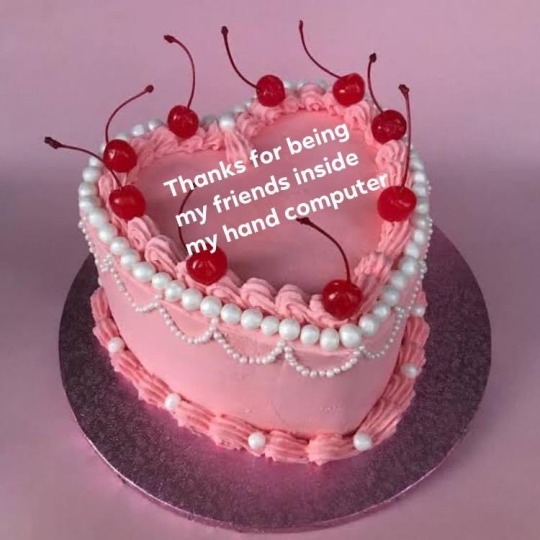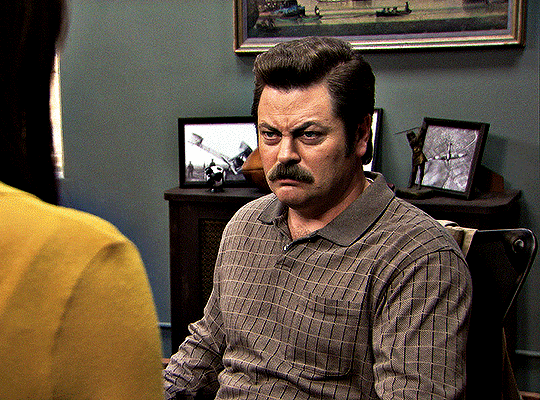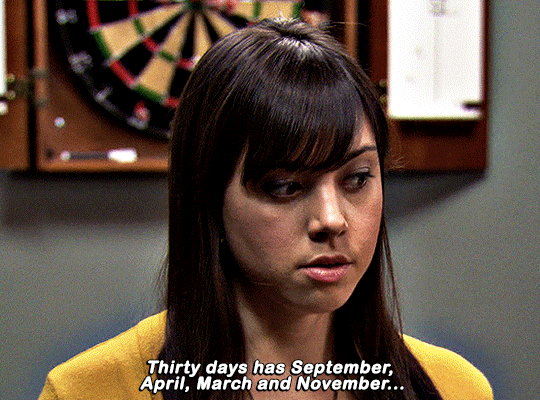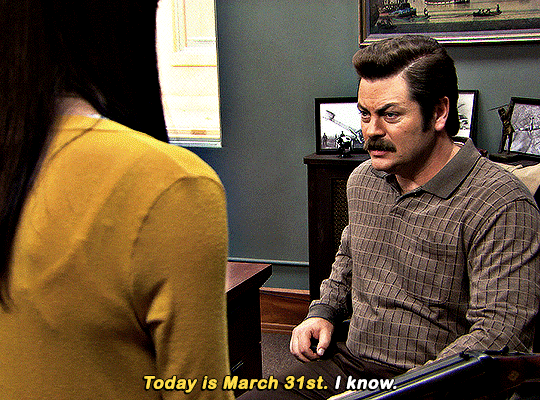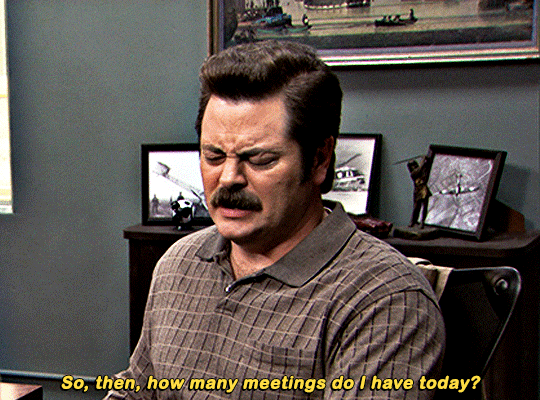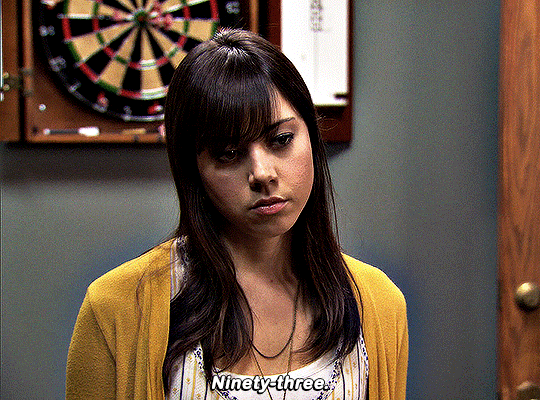Bix — Millennial, work in progress, and aspiring bon vivant. This space is mostly about the Ghostbusters, occasionally the Monkees, and sometimes vintage media/music from the 1940s-90s.
Don't wanna be here? Send us removal request.
Text


An interview with Annie Potts for a 2016 UK magazine about the Ghostbusters, coinciding with the release of the 2016 reboot. Below is a notable excerpt in which she supports the Janegon ship and speculates why it didn’t last in the second film. FWIW this isn’t the only time she’s been on record as a shipper. She told Vanity Fair in 2014 that she always hoped Janine and Egon got back together.
Interviewer: Janine has a wonderful chemistry with Egon…
Annie: That was all in the script. I think the chemistry really has a lot to do with casting. They were all really fun delightful people. Harold was a lovely, gentle spirit, bemused and deeply funny. Everything with him was so easy.
Interviewer: How did you view Janine and Egon’s relationship?
Annie: It seemed that there was a budding romance there. I was surprised in the second one that they didn’t develop that relationship further, but comedically I think they thought that Rick and I…they wanted to mine that. I had a crush on Harold, and I think I’d have liked to continue that relationship. But of course Rick was wonderful and wonderfully funny, so it was a win-win situation for me. I thought Janine and Egon had a nice chemistry, but I’m sure as they were developing the script they were thinking there was just more comedy there to mine.
68 notes
·
View notes
Text

YOU!! YES, YOU!! GO WRITE THAT FANFIC YOU THINK NOBODY BUT YOU WILL READ!!
18K notes
·
View notes
Text
THE WORST GHOST IN THE WORLD
@bixiebeet @spengnitzed @professorlehnsherr-almashy @hawthorne-spengler-stantz @slimerspengler @inevitablemoment @shelleythesapphic @themousefromfantasyland @amalthea9
From the Marvel UK Comics The Real Ghostbusters: Issue 10.




21 notes
·
View notes
Text
Reblog to give prev a fucking break holy shit y’all
69K notes
·
View notes
Text

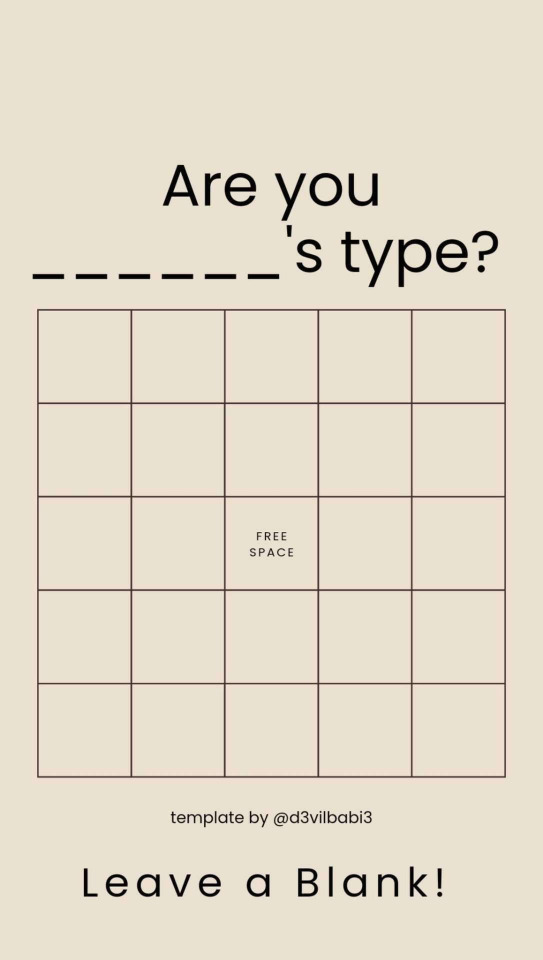
Stolen from @diaboluse, but pls fill this out to the best of ur ability. Extra credit will be given for early hand-ins. Thank u.
30 notes
·
View notes
Text
Back in the day, Janine and her friends watched SNL. They were in the audience for a couple of live shows.
Side note, now I’m thinking, what if the Ghostbusters hosted SNL? 😮
7 notes
·
View notes
Text


Ghostbusters (2013) Issue 3. This made me laugh a bit here. Kinda expected Venkman to make a "we're not in Kanas anymore" joke here.
45 notes
·
View notes
Text




I've been going through the folders again - this is one of my fave GB1 scenes.
16 notes
·
View notes
Text
good things will happen 🧿
things that are meant to be will fall into place 🧿
687K notes
·
View notes
Text
ok but what was egon even doing when he had his stethoscope pressed up against the underside of the library table. What was the point of that
68 notes
·
View notes
